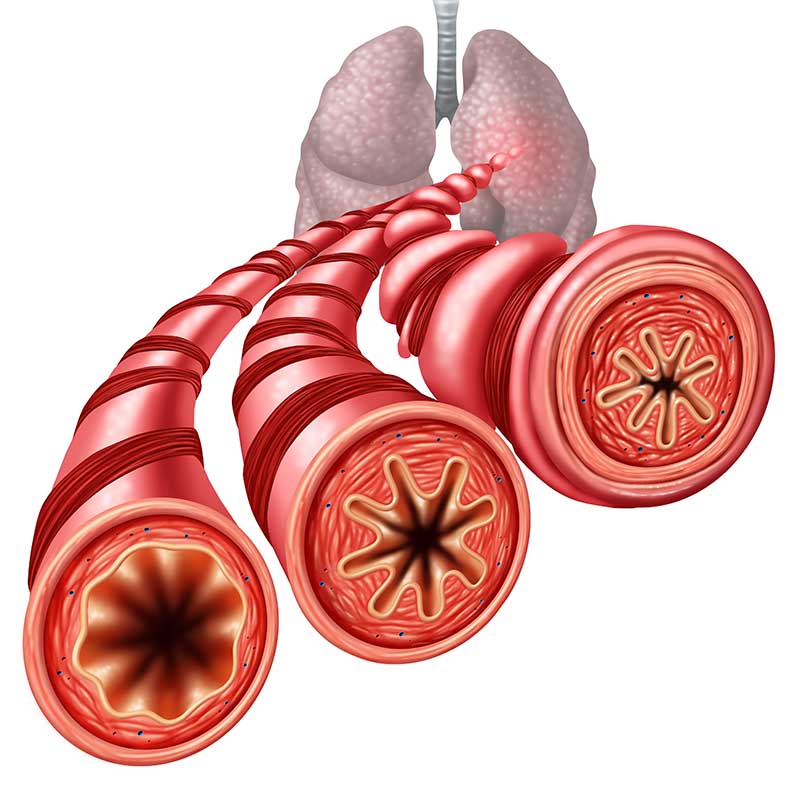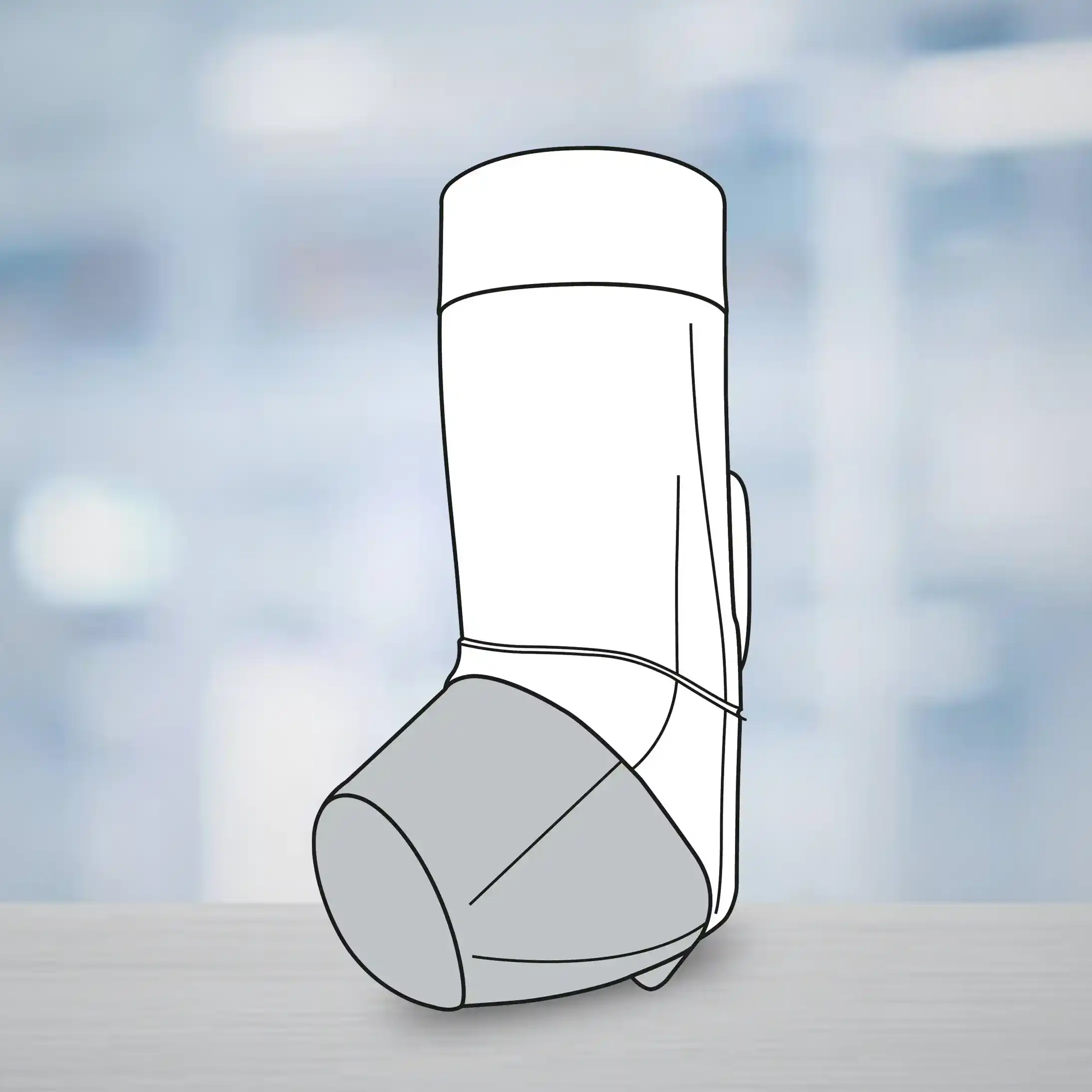Introduction
Combining frozen-thawed embryo transfer (FET) with hormone replacement therapy (HRT) is gaining popularity as the day of FET can be scheduled by adjusting the day when luteal support (LS) is started. Vaginal progesterone (VP) alone has been used as LS in HRT‐FET cycles without considering serum progesterone concentrations (SPC) because it can achieve adequate intrauterine progesterone levels. However, some studies mention that serum P levels do not rise sufficiently and can lead to poor ART outcomes. Moreover, several reports suggest that the co‐administration of progestin produced better outcomes than VP alone.
Aim
This study evaluated whether addition of dydrogesterone to VP improves outcomes of pregnancies in HRT-FET cycles
Study Design
-
Comparative study
Patient Profile
-
Women with regular or irregular menstrual cycles who underwent FET in an HRT cycle that resulted in a clinical pregnancy
-
Estrogen was administered daily from day 2 of the menstrual cycle
-
HRT was started depending on the patients’ convenience
-
LPS with progesterone/progestins was given along with estradiol when the endometrial thickness was >8 mm
-
Frozen-thawed blastocysts were transferred on day 5 of luteal support
Treatment Strategy
-
This study compared the outcomes using three different regimens of luteal support
-
All the regimens included administration of VP upto 9 weeks of pregnancy
-
Study 1 – received only VP (n=103)
-
Study 2 – VP along with Dydrogesterone 15 mg thrice daily and intramuscular injection of progesterone 125 mg weekly (n=27) with serum progesterone <10.7 ng/ml
-
Study 3 - VP along with Dydrogesterone 15 mg thrice daily (n=76)
End Points
-
Serum progesterone concentration (SPC)
-
Ongoing pregnancy rate
-
Miscarriage rate
Results
Study 1
-
The overall clinical pregnancy rate was 45.6%
-
The ongoing pregnancy rate was 77.6% and miscarriage rate was 22.3%
-
Average SPC was significantly higher in the ongoing pregnancy group; 14.7 ng/ml vs 9.6 ng/mL
-
The cut‐off value for progesterone, 10.7 ng/mL, was a good predictor for the subsequent course of the pregnancy
-
The average progesterone level was 17.7 ng/ml in the non-low P group and 7.6 ng/ml in the low P group
-
The ongoing pregnancy rate and miscarriage rate is compared in Figure 1.
Figure 1. Comparison of pregnancy outcomes in study 1
Study 2
-
The ongoing pregnancy rate was 63%
-
Low SPC correlated with miscarriage
Study 3
-
Average SPC was 15.4 ng/ml in non-low P group and 8.4 ng/ml in low P group
-
The pregnancy outcomes are compared in Figure 2.
Figure 2. Comparison of pregnancy outcomes in study 3
-
Supplementation with Dydrogesterone resulted in similar pregnancy outcomes in women with low progesterone levels as that of non-low progesterone levels
Conclusions
-
Luteal phase supplementation with vaginal progesterone resulted in decrease in the ongoing pregnancy rate due to lower serum progesterone concentration in some women undergoing frozen embryo transfer – hormone replacement therapy cycles
-
Addition of dydrogesterone to vaginal progesterone prior to embryo transfer improved pregnancy outcomes even in women with low serum progesterone levels.
Hum Reprod. 2022; 37(6):1183-1193.










